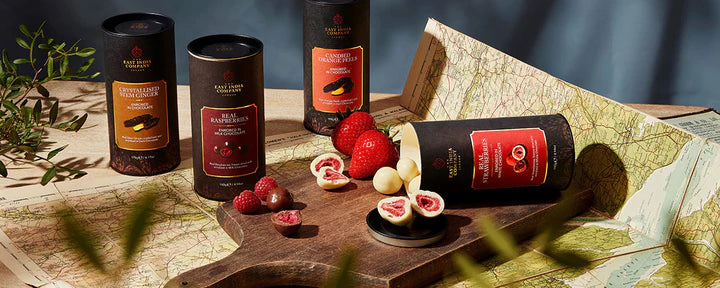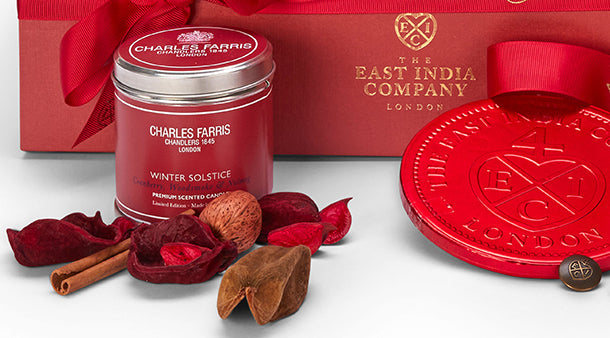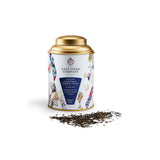Matcha Green Tea has been drunk in Japan from the time of the Shoguns, but today it's considered an exotic and healthy addition to the tea category for millions in the western world.
Our matcha comes from a garden run by the Hattori Family in in Shizuoka. We consider passion and commitment as a given, but it was Hattori-san's creativity that resonated with our Tea Master - it is grown completely chemical-free and using traditional methods.
'Matcha' is in fact a rather functional name: in the Japanese language, ‘ma’ translates to rubbed or ground, while “cha” just means tea. So “ground tea” it is: an extremely fine powder made from green tea leaves.
The manufacturing process is unique. The base 'tencha' is grown under shade for a few weeks ahead of harvest, slowing growth and increasing the chlorophyll and amino acid theanine content.
The finest leaves are picked and dried, any veins and stems removed, then ground between granite stone to produce the finest powder that is a bright, vivid green. It takes 1 hour to slowly grind just 50g of leaves.
The finest examples are graded as 'ceremonial' and considered to be of sufficient quality to be used in the famous Japanese Tea Ceremony. See our instructions in 'How To' to try this yourself.
We think experiencing matcha for the first time is exciting, vibrant and life-affirming.
Our ceremonial matcha is a visual delight - a vibrant green coloured powder which retains its vividness in the bowl, with a fine frothy crema on top when made.
An unmistakable aroma and flavour of freshly cut grass, often creamy with a lasting sweetness.
Our high quality Ceremonial Matcha has been chosen from the revered Hattori Garden by our Tea Master, Lalith Lenadora.

2 BAMBOO SPOONS (2G) PER CUP

200ML OF WATER AT 80ºC

3-4 MINS BREWING TIME
The Japanese Tea Ceremony
To drink your matcha in the traditional way, you need:
• A tea bowl (matcha is drunk from a bowl, similarly to how the French traditionally drink hot chocolate, not in a cup)
• A matcha scoop (or a teaspoon will be fine)
• A matcha whisk (or a small metal whisk will do the job)
Follow these instructions for a simple and time-honoured experience:
• Boil about 150ml water, allow to cool for 5 minutes
• Pour some of the water into the bowl, warm the whisk too in the water
• After 5 minutes, discard the water.
• Place 2 scoops of matcha powder [or just less than a teaspoon] into the bowl.
• Pour water onto the matcha, about 1/3rd of the way up
• Now for the whisking, the all-important part of the experience. Start whisking slowly in a zigzag pattern. Bubbles start to form as you increase speed, becoming smaller, turning to froth.
• You are finished whisking when the froth becomes almost creamy.
• It’s ready to drink, through the ‘crema’.
Ingredients
100% Green Tea
Storage
Store in a cool, dry place avoiding direct sunlight and strong odours.
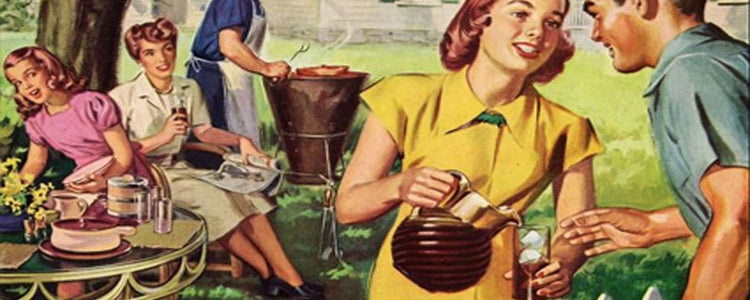
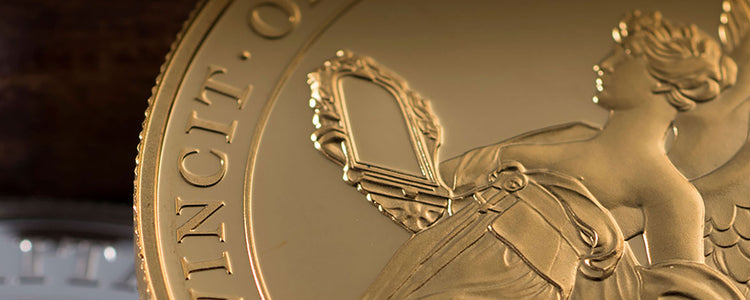
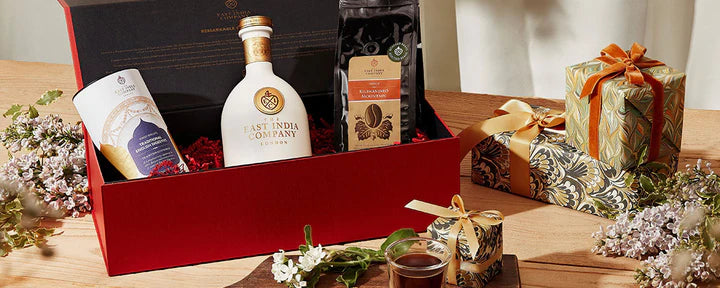
 Ceylon / Sri Lanka
Ceylon / Sri Lanka Assam, India
Assam, India Japan
Japan Taiwan
Taiwan Nepal
Nepal China
China Kenya
Kenya Egypt
Egypt South Africa
South Africa